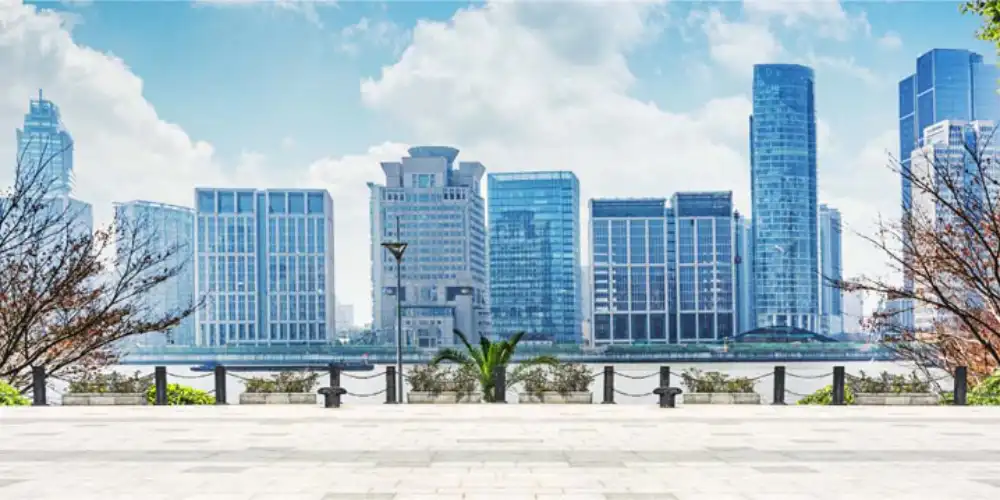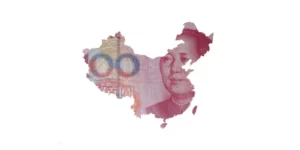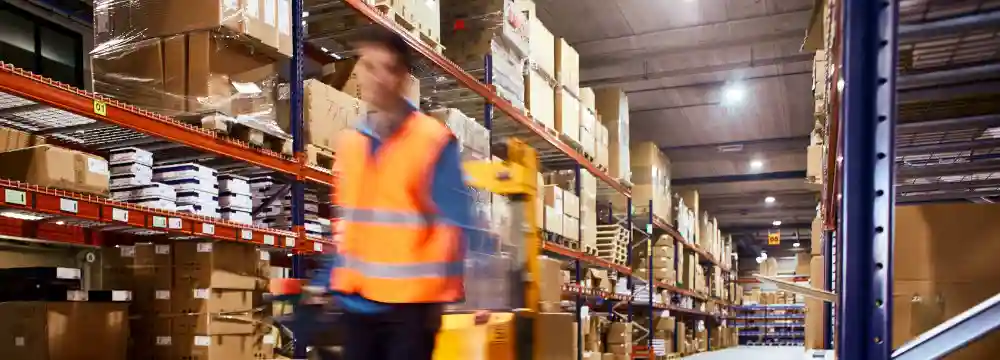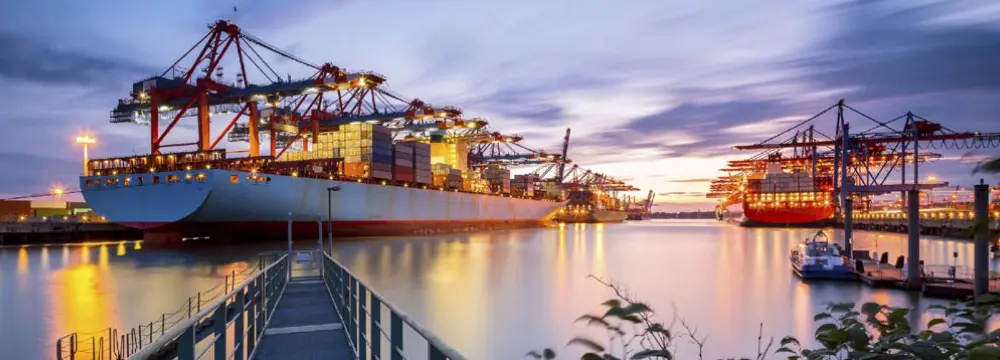As countries develop over time and grow economically, they change with the challenges that come with this. China’s liberalization comes into play in the scenario of relaxation of government restrictions in many different areas such as social, political and economic policy.
China has been no different in this regard, significant Chinese economic reforms regarding government restrictions has been seen in the form of an obvious liberalization process that has been implemented. The liberalization that has taken place in China has almost exclusively been a result of the Chinese economic reform. It is still ruled by a centralized “communist” government, which has been in place since 1949 and there is little reason to expect a relaxation regarding political control anytime in the near future.
It is occasionally misunderstood that liberalization is exclusively about political aspects, when this process is referred to as democratization. However, liberalization and democratization can occur independently of each other—with China being the best example.
Only a few decades ago it was virtually impossible to buy anything with money in China
– this has changed fundamentally.
China’s Economic Reforms
China’s liberalization process also has its beginning with the Chinese economic reforms which started in the late 70’s. Given its state of development, the country had a strong focus on the primary sector and the first reforms were related to agriculture. To avoid a repeat of the 1959 famine disaster, Chinese farmers were allowed to keep a share of their output and not having to give everything to the state. This policy increased production.
This decade also saw changes to freer pricing policies, as well as the country being opened up to foreign investment for the first time. The mid 80’s to the mid 90’s saw further Chinese economic reforms, controls and government invention on private businesses started to decrease.
A significant change was that more governmental control was given to local province leaders allowing experimentation in ways to boost economic growth. Many industries were opened to private businesses and the private sector increasingly contributed a larger percentage of the GDP.
The mid 90’s onward brought vast Chinese economic reforms, since many conservative leaders entered retirement or were overruled. The government continued the privatization but too a much larger extent with many state owned enterprises (SOEs) being privatized or liquidated.
This era also saw the reductions in tariffs, barriers to trade and regulations, with further Chinese economic reforms in banking, social welfare as well as the introduction of China to the WTO. This had a positive effect particularly on the service sector, as restrictions on retail, wholesale and distribution ended as well as banking, financial services, insurance and telecommunications now being partially open to foreign investment.
The rapid relaxation was slowed down around 2005, halting the privatization process but is still on-going to this day. The Chinese government even started increasing subsidies again and continues exercising control in important industries such as the banking or the health-care sector.
Despite that growth has slowed down, most economic indicators
are still increasing continuously.
The Future of the Chinese Economic Reform
As China continues to grow, liberalization is expected to continue. Foreign direct investment is expected to be increasingly welcomed, as China continues to reduce the regulations. Furthermore, China relaxes restrictions on their own currency being traded freely on the international markets, as well as slowly stopping the artificially pegging of the RMB exchange rate. To strengthen China’s hold and position as a global force, the country will need to seek opening up their currency.
While China is slowly moving from an export-based economy to one based on consumption, further China trade liberalization (particularly in the financial sector) must be implemented to encourage this transition. Interest rates and bank lending (traditionally determined by the state) are now increasingly opening up to market forces.
Chinese economic reform is being seen in the agricultural market, as farmers land is currently owned by the government, but changes are expected to be made so farmers can cash in on the value of the land. This is helping further fuel the economy to turn into a more efficient consumption based growth model.
However, the liberalization isn’t always strictly limited to economic policy. Recently social changes have been seen with the removal of the one child policy, which addresses the problem of China’s aging population that will need supporting in the near future. Elsewhere, the welfare system has undergone reforms which will relax the rules on restricting public services to those who move to urban areas. This will help to stabilize the labor market with a decreasing worker population by allowing for free movement and urbanization.
Overall for the future seems to appear that the focus regarding the economic liberalization in China will remain concentrated on changes regarding economic policies, while also seeing some other reforms to address social issues arising. The government appears to be aware of many challenges that China has to face with many implementations ongoing or pending. A further slow-down of the growth of the Chinese economy may defer the realization of the existing liberalization plans.






